Now, more than ever, people are accepting injectable steroids and using them regularly. And it’s not just for upping their game in sports. They have several other uses. For instance, most people use these to look hotter too. When you use them properly, they yield unbelievably fantastic results.
Perhaps you’re new to steroids from Canadian Anabolics, or you know very little about them. And, you’d love to start using them. The good news is, you’re not the only one. The post below has all the 411 on them that you’ll no doubt find very useful.
What the Heck is a Steroid?
The term ‘steroid’ is pretty general since there are several various kinds on the market today. The name ‘steroid’ is of Greek origin. Experts obtained it from the Greek words ‘Stere’ meaning ‘solid’ and ‘Eidos’ referring to ‘three-dimensional form.’ Combining the two words creates the word ‘Steroiedes,’ which means ‘solid organic compounds.’ Pretty confusing, right?
Here’s the relief: You don’t have to use ‘steroids.’ Professionals translated the word to English, which is the well-known ‘steroids.’ Steroids function by lowering swelling and reducing the immune system’s activity.
What Experts Class Steroids As
Scientists define them as organic compounds which are soluble as well. They’re made up of four Cylcloalkane rings. These rings are made up of more than twenty carbon atoms that work by uniting them. Out of these four rings, experts refer to three of them as Cyclohexane rings. It has six special carbon elements. As for the fourth ring, it’s a Cyclopentane that has five unique carbon elements.
You can use steroids in different ways:
- You can ingest them orally in powdered form.
- You can inject them into your system.
- You can swallow them orally in tablet form, as in the case of tbol Canada.
Endogenous and Exogenous Steroids
Your body produces endogenous steroids. Examples of endogenous steroids are:
- Testosterone – it’s a sex hormone that creates the basis of every AAS that bodybuilders and people use to increase body weight.
- Vitamin D
- Cholesterol
On the other hand, exogenous steroids are artificial versions of endogenous steroids that scientists make in the lab. They craft an exogenous steroid-like dbol Canada to copy the function of testosterone.
Types of Steroids
There are two main kinds of steroids:
- Corticosteroids
- Anabolic-androgenic steroids (AAS)- people often shorten it to just anabolic steroids.
Corticosteroids are drugs that producers make. They look a lot like cortisol, which is a hormone that your adrenal glands produce naturally. Your body needs cortisol to remain healthy. It’s a massive player in various body processes, including stress, metabolism, and immune reaction.
Individuals use anabolic steroids to build muscle. Anabolic refers to development promotion, while androgenic points to the development of male sex characteristics. AAS is an artificial kind of testosterone, which is the primary male sex hormone. They affect different areas of your body, like:
- Nervous and reproductive structures
- Muscles
- Kidneys
- Bones
- Hair follicles
- Liver
Humans produce testosterone naturally. Its degrees increase during puberty in guys to promote the development of male sex traits, like deepening of the voice. Though most people believe that testosterone is a male-only hormone, chicks produce it too but in tinier quantities.
It serves several roles in ladies, mainly promoting a healthy libido and bone heaviness. For guys, average testosterone degrees range from three hundred to a thousand ng/dL. On the other hand, women only need fifteen to seventy ng/dL of it.
Consuming steroids raises testosterone levels, which causes impacts such as increased strength and muscle mass.
Which Steroids are Available for Injection?
There are several injectable steroids. The main ones are:
- Methylprednisolone
- Hydrocortisone
- Triamcinolone
Some injectable steroids begin to relieve pain within hours. Their impacts should last for roughly a week. Your doc might call them short-acting soluble steroids. Soluble means that the drug dissolves fast in your body and begins working quickly.
Other injectables take roughly a week to become effective. However, they can ease your indicators for several months or longer. Experts refer to them as less soluble since the drug takes longer to enter your structure.
Your condition determines how long the treatment lasts and how fast it works. Peeps of all ages can receive injectable steroids, including teens and kids with juvenile idiopathic arthritis (JIA).
Please note that you should use them with care in young folks. You should give them only the lowest possible dosage and for the briefest time conceivable. Excess steroid treatment for kids could impact their growth.
Uses of Injectable Steroids
Medical practitioners often recommend them for individuals with rheumatoid arthritis and other kinds of inflammatory arthritis. They may also suggest osteoarthritis if you need additional pain relief for a time or if your joints are excruciating.
The injection can lower swelling, which in turn should reduce pain. Specialists can also administer injectable steroids into inflamed bursae (bursitis) or around inflamed tendons (tendinitis) close to the wrist, shoulder, hand, elbow, hip, or knee.
How Individuals Take Injectable Steroids
Your nurse or doc will talk to you about the ideal steroid dose and combination for you. This will depend on your symptoms and conditions.
They may want to check your blood sugar and blood pressure degrees before your first injection. This is because steroids can cause these to rise. They might delay the administration if either is high.
Depending on where the swelling and ache is, you can inject steroids:
- Into a muscle, which experts call an intramuscular injection
- Directly into an inflamed joint, which professionals refer to as an intraarticular injection
- Into the smooth tissue near the joint, which is known as a periarticular injection
Doctors can offer local steroids as skin creams, eye drops, or ear drops and through straight injection into bursae (lubricating sacs between specific tendons and the bones under them), around tendons or other smooth tissue areas, and joints. Most injections are fast and straightforward to perform. A healthcare professional will perform them in a doctors’ surgery, hospital, or clinic.
You may require an ultrasound scan to discover where the swelling is so that the practitioner can inject the steroid into an exact place and have maximum benefit. An ultrasound uses high-frequency sound waves to make a picture of part of the inside of a body. Most doctors give injections minus the use of an ultrasound. They’ll administer the steroid with a tiny needle and syringe into the targeted area. Typically, there’s some anesthesia beforehand with a spray or lidocaine.
Sometimes, you’ll receive a local anesthetic with the steroid to lower the injection’s discomfort. This would mean your throbbing should be relieved in a few minutes. The impacts of local anesthetics can vanish within an hour unless you receive one that’s long-acting. You may get some numbness from the anesthetic that could last for up to a day.
You may want to clad in a loose-fitting outfit if you’re going for an injectable steroid since they’re more comfortable. Your medical practitioner may advise you to wait for ten to fifteen minutes after the administration, mainly if you’re going to have a local anesthetic since numbness from the steroid can make it hard to drive.
For conditions like swelling kinds of arthritis, steroid injections are often helpful in the short term while you and your dog find the appropriate medications to regulate your arthritis in the long term. In this instance, once the specialist controls your arthritis, the need for injectable steroids will be lower.
Who Can Get Injectable Steroids?
Most individuals can receive injectable steroids. Please let the doctor know before administration if you:
- Have other conditions like high blood pressure, diabetes, epilepsy, or probs with your kidneys, liver, or heart.
- Have had a sterol administration in the final several weeks. You normally need to chill at least six weeks between administrations.
- Are taking other medications like anticoagulants (blood thinners).
- Steroid injections may result in bleeding at the site. Doctors give injections with great care in such cases.
- Have contamination (including eye contaminations).
- You’ve had three steroid injections in the last year- doctors usually suggest no more than three injections in the same place in the space of a year.
- Are you trying for a baby, are breastfeeding, or if you’re pregnant.
- You’ve had an allergic reaction to steroids before.
- You’re close to having any vaccination or if you’ve had one recently.
Injectable steroids may not always be the best alternatives in such instances. However, the doctor may recommend them if they feel that the benefits are more than the dangers.
Specialists shouldn’t inject steroids when there’s contamination in the area to be injected or elsewhere in the body. If a joint is seriously damaged already, the bummer is injections may not help.
Before a doctor injects a joint with a steroid, they may remove some joint fluid for evaluation. Assessing the joint fluid is especially crucial if the diagnosis is hazy. Steroid injections often lower joint swelling, assisting in maintaining joint function and structure.
How do Injectable Steroids Function?
Steroids are a synthetic version of hormones that adrenal glands- two tiny glands found above the kidneys- manufacture. When a specialist injects these steroids into a muscle or joint, they lower swelling or redness. Plus, the lower the immune system’s activity, the body’s natural defense against contamination and sickness.
This can assist in curing autoimmune conditions, like multiple sclerosis (MS), which are caused by the immune structure fighting the body accidentally. Steroid injections differ from the anabolic steroids that some people use illegally to increase their muscle mass.
Side Effects of Injectable Steroids
Most individuals have steroid injections minus any side impacts. They can be a tad uncomfortable at the moment of administration. However, most people feel that this isn’t as bad as they feared. Possible side impacts of injectable steroids depend on where the medical practitioner administers the steroid. Side effects of the administrations into the spine, joints, or muscles can include:
- Paler skin around the injection site
- Discomfort and aches for several days. If you experience this, it shouldn’t worry you. Paracetamol will do the trick.
- If you have high blood pressure, it may go up for a few days.
- Flushing in the face for several hours
- If you’ve got diabetes, your blood sugar level may rise for several days.
- A collection of blood beneath the skin or temporary bruising
- Contamination, causing redness, pain, and inflammation
- A loss of fat where the doctor administered the injection
- Weight gain, which is close to rare if you choose injectable steroids over tablets. With the injectable variety, you can regulate dosage.
- Mood changes – you may feel too high or too low.
- A temporary change to periods in women
Please note that the risk of side effects is more significant with the more potent combinations- triamcinolone and methylprednisolone.
When Will You Receive a Steroid Card
If you’ve had a steroid administration into a muscle or joint, your medical practitioner may give you a steroid card for you to go with almost everywhere. The card will contain information on the treatment you’ve had. Steroid injections can hinder the body from manufacturing organic hormones, which can be hazardous if you require an operation, get sick, or have a car crash. There’s proof that this can be a hazard for up to one month after only a steroid injection.
If you’ve had three steroid administrations over a year, the danger could last for an additional year. Having the card and taking proper care of it will assist any other practitioner who cures you to handle your care well.
Is it Possible to Take Other Medicines with Steroid Injections?
Yes, you can. However, here’s the deal: If you’re taking an anticoagulant (such as warfarin), you may require an additional blood test to ensure that your blood’s not too lean to have the administration. This is due to the danger of bleeding into the joint. Be sure to mention that you’re using blood thinners with your doctor. They may advise you to tune your warfarin dosage before receiving the injection.
Conclusion
Injectable steroids rock. Period. Sure, they have side effects (like any other fantastic product), but the key is to look at the bigger picture and use them as per the specifications. If you aren’t sure about dosage or intake, please let a pro handle it for you. And, before you know it, you’ll get that well-toned physique that you’ve always craved. Or, you’ll be back in good health in no time. Give them a try today and learn what all the hype around them is all about.
References:
https://muscleandbrawn.com/bodybuilding-supplements/types-of-steroids/
https://www.nhs.uk/conditions/steroid-injections/
https://www.healthline.com/nutrition/are-steroids-bad#what-they-are
https://www.versusarthritis.org/about-arthritis/treatments/drugs/steroid-injections/
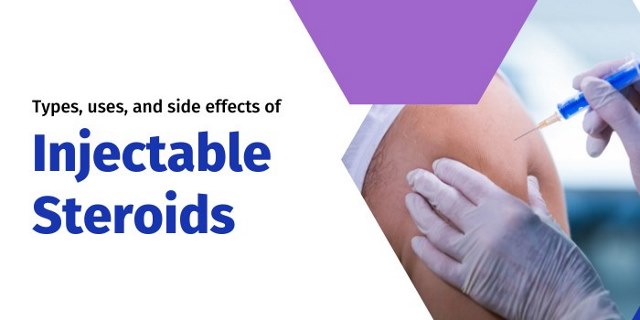
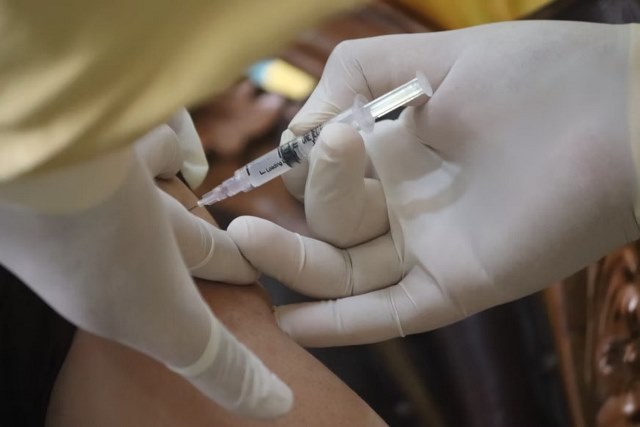
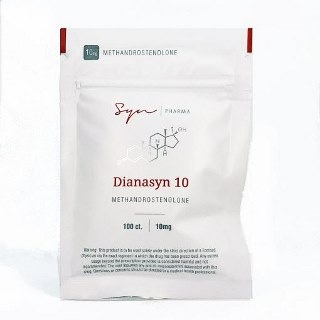
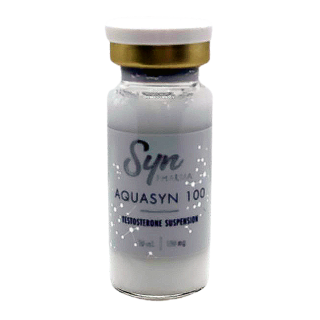
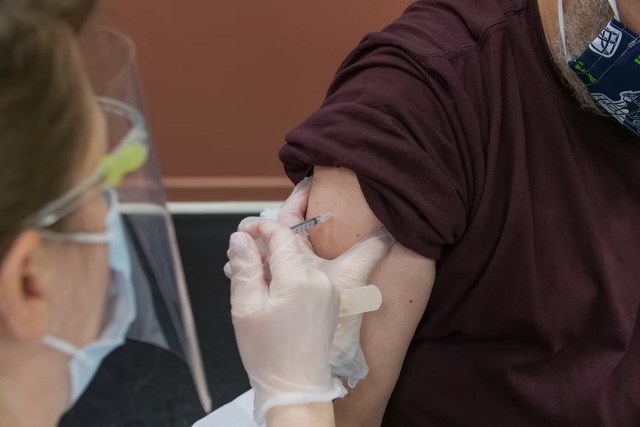


 UPDATED November 18th, 2025
UPDATED November 18th, 2025